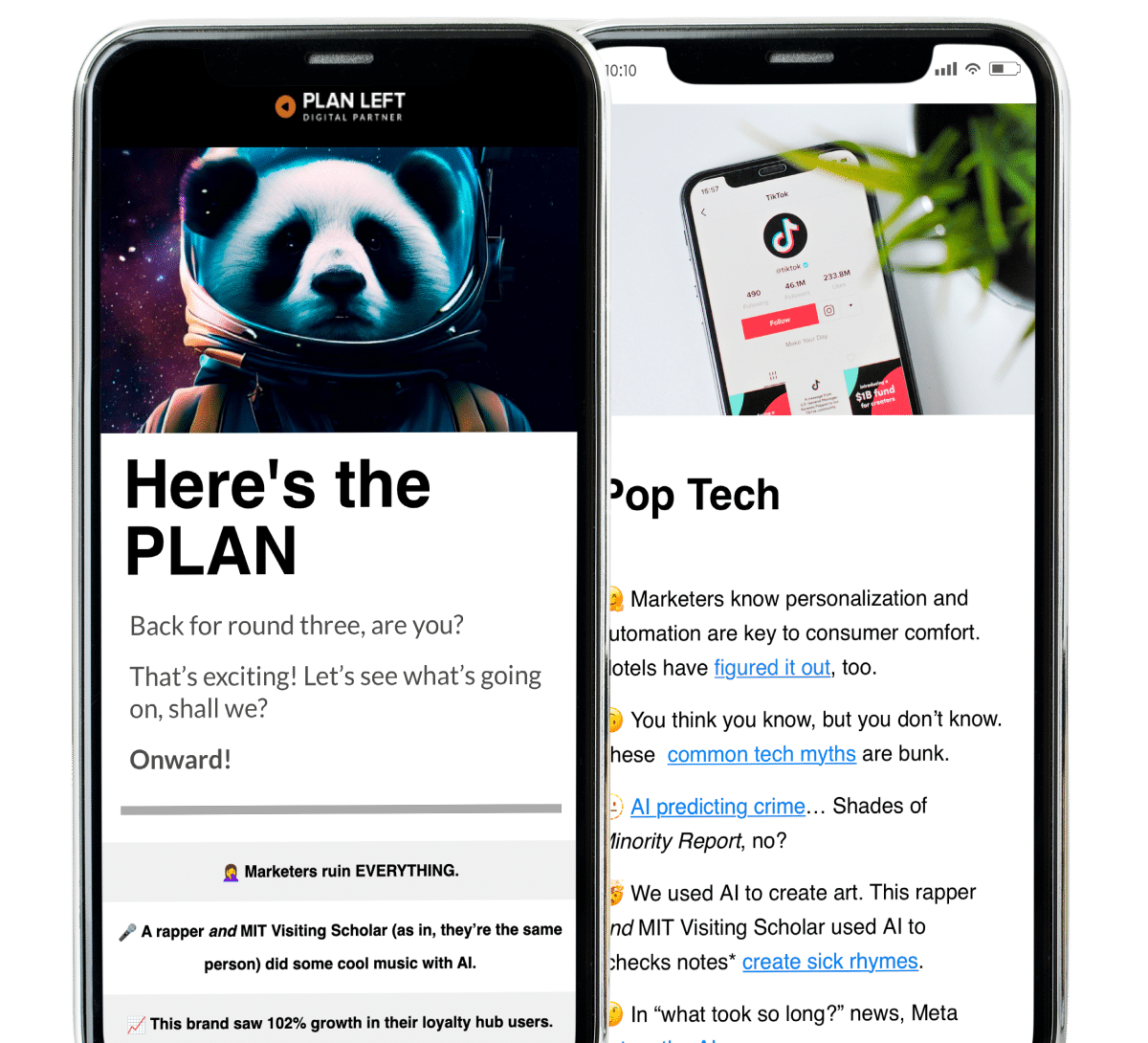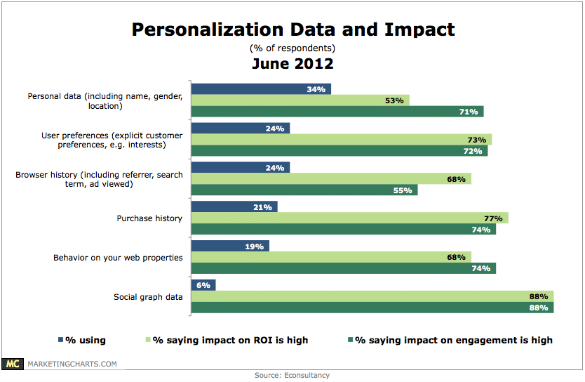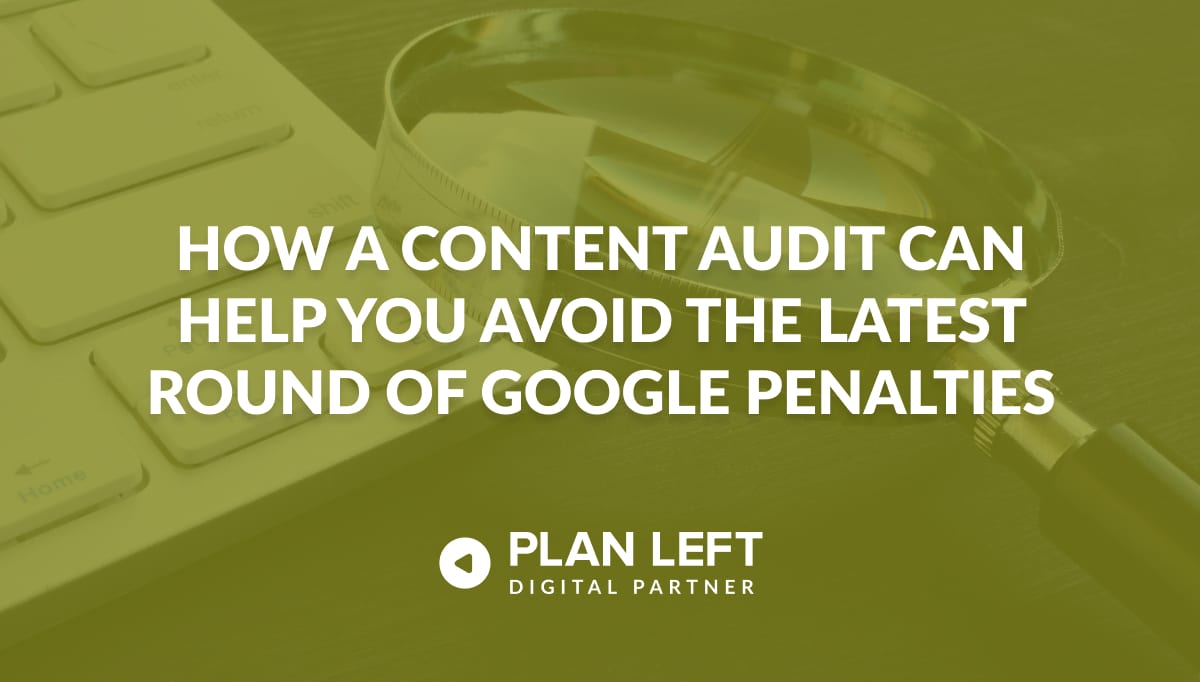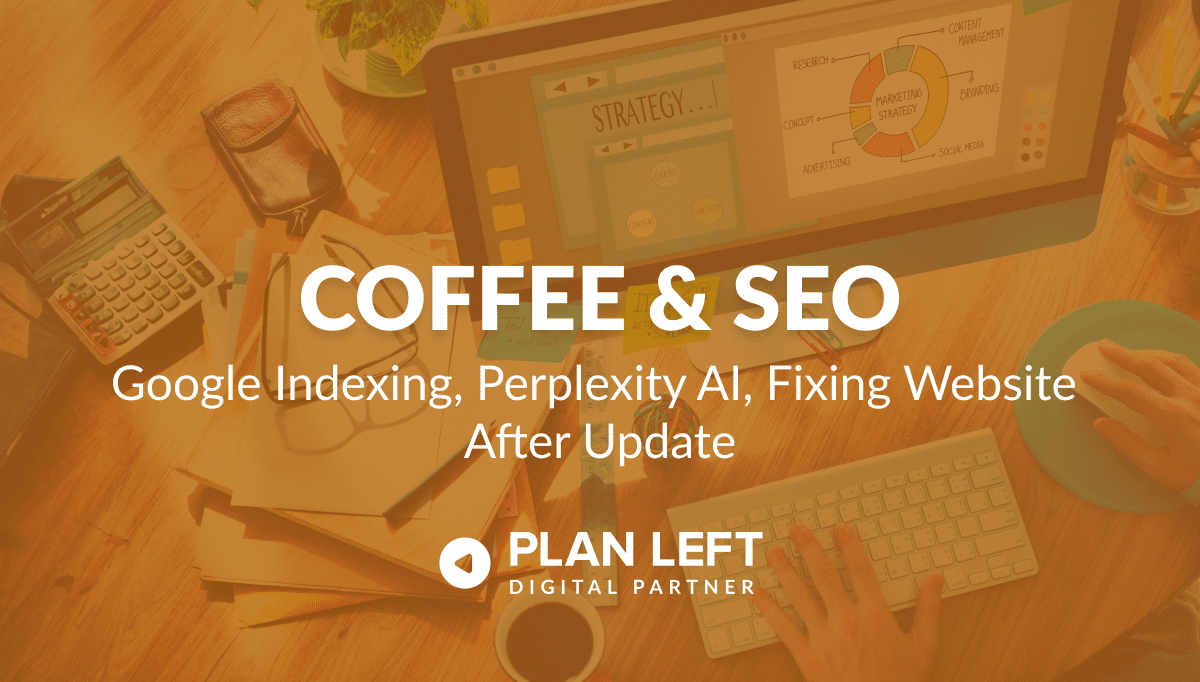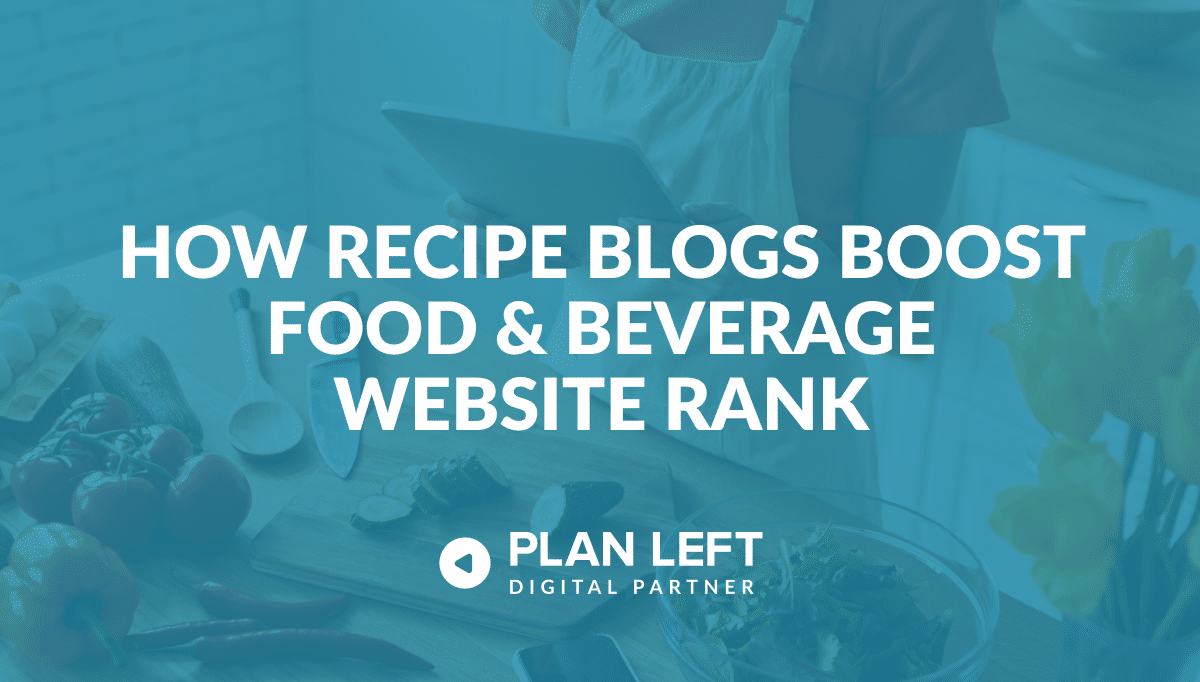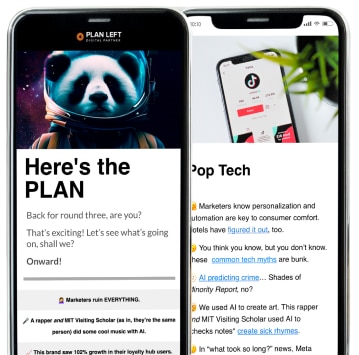
People love to be remembered, don’t they? Dale Carnegie once said, “There is no sweeter sound to any person’s ear than the sound of their own name.” A restaurant here in East Nashville understands this better than any other we’ve visited—or maybe our regular server does. Katie greets my husband and me by name when we sit down, but then she goes several steps further. She knows what we’ve tried before, which dishes we liked best, and even the beers we’d probably enjoy according to our previous orders. When it comes to personalizing the experience, this girl knows what it’s all about.
Consumers really respond to personalized experiences, especially those provided online. The nature of the Internet generally lends itself to anonymity and messages en masse, so buyers are pleasantly surprised when they receive the same attentive service as they might at their favorite local restaurant. That’s the power of personalized marketing.
Translating the Personalized Experience to Online Marketing
Developing a personal relationship with each of your customers probably sounds impossible since you’ll never see the face-to-face. Without conversation, how could you possibly learn enough about them to provide content and products they’ll want to see?
Take a look at the following graph. In addition to proven personalization tactics, you’ll also see how marketers say these techniques affect their relationships with customers and their return on investment.
Personal Data
The simplest information to gather is also the most powerful when used in your marketing efforts. By simply greeting customers by name, 71% of marketers say the impact on engagement is huge. Strangely enough, only 34% of those surveyed said they collect that information to begin with.
Are you one of the marketers who doesn’t greet your customers by name when you send an email? Maybe you’re unsure of how to even ask someone to part with his or her name to begin with. Fortunately, there are several ways to get the info without stealing their wallets to peek at their drivers’ licenses.
First, just ask. When you meet someone new, you introduce yourself and ask for his or her name. It’s just as easy as that. Automated marketing giant HubSpot simply provides form fields upon a user’s first visit. No one is required to part with the information, but buyers really do crave those personalized experiences. They’re probably going to at least share that. After all, how rude would you appear if you refused to introduce yourself every time you met someone new?
If users to refuse to give their names upon the first visit, you’ll get other chances. When you offer content or discounts that are too good to pass up, you can require a name for downloading privileges. Even better, you can use this opportunity to get a little more information.
You can require registration before visitors can engage or make purchases. While many consumers might find this annoying at first, they’ll be grateful when you start greeting them by name every time they visit. To make the process easier for them, add a social login option that cuts down the number of steps they have to complete.
User Preferences
Believe it or not, your buyers want to give you their opinions. You just have to aware of this fact and take as many opportunities as possible to gather that information. When users are visiting your site for the first time, you’ll find it hard to gauge what they like and don’t like. Solve that problem by asking “Was this information helpful?” or offering a “Don’t show me this again” button. Record the answer they click, and then use that knowledge to provide more relevant content the next time they visit.
Browser History
For customers who have been around a while, you’ll gather information according to the pages they visit. If you use cookies for tracking information, it’s in good taste to let your visitors know that. By explaining your reasons for gathering information on their browsing history, you’re more likely to see favorable responses from your buyers.
The browser history doesn’t need to apply only to the pages on your site, either. You can see the search terms customers used to find your page, which PPC ads they clicked to find you, and which websites referred traffic to you. All of this information can also be used to further personalize the buyer experience.
Purchase History
As Katie, our server here in East Nashville, knows, you learn the most about a buyer when you pay attention to what they’re buying. The purchase history for your visitors tells you everything you need. With that information, you can start providing up-selling, cross-selling, and similar product suggestions. Why, then, do only 21% of the marketers surveyed use this information, especially since 77% of those who do report huge impact on their ROI?
Take It Slowly
However you plan to gather and use information from your buyers to provide a personalized marketing experience, keep one thing in mind: Don’t be creepy. It’s cool to use information a buyer gave you explicitly, but when you start showing off your inside knowledge gained from snooping their browsing habits, you’ll freak people out. After all, Katie doesn’t greet us by saying, “I noticed you checking out the latest local craft beer at the corner market last night, so maybe you’ll like this…”
Instead, use the information customers give you to build strong relationships. Data gathered from studying browsing habits can still be used, but only to provide some relevant content or suggestions—never through overt sales pushes. When you do plan to send marketing or sales materials based on knowledge you gathered rather than information buyers explicitly gave you, try couching your suggestions among less relevant offers and content.
Does your company provide a personalized experience for your customers? How do you avoid crossing that line between customized and creepy? We’d love to know your thoughts, so leave a comment to keep the conversation going!
Explore Latest Posts
The latest Google algorithm changes have shaken the search marketing world. While the Google Spam update has finished, the Google ... read more
April 16, 2024
The latest Google Spam update ended 15 days after being rolled out, but the Google Core update is still in ... read more
April 12, 2024
Crafting recipe content that rises to the top of search engine rankings isn’t as simple as putting together a list ... read more
April 9, 2024
MARKETING insights
Join the Thousands Who Receive Our Twice-Monthly Newsletter.
It's hard to keep up. Our newsletter is packed with buyer behavior insights, the latest marketing and technology updates, work/life balance tips, and—because we ❤️ our support staff—adorable pets looking for forever homes. Only twice per month. No clogged inboxes. You can't say no.
